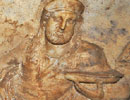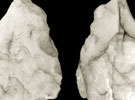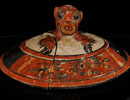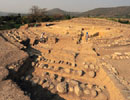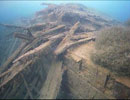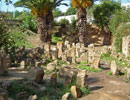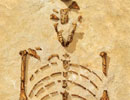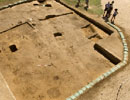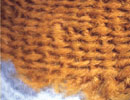ARCHAEOLOGY's editors reveal the year's most compelling stories
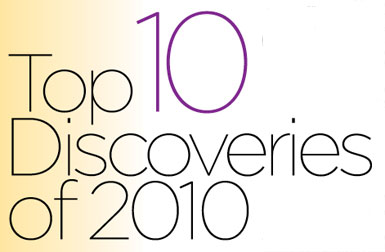 Decades from now people may remember 2010 for the BP oil spill, the Tea Party, and the iPad. But for our money, it’s a lock people will still be excited about the year’s most remarkable archaeological discoveries, which we explore (along with one “undiscovery”) in the following pages.
Decades from now people may remember 2010 for the BP oil spill, the Tea Party, and the iPad. But for our money, it’s a lock people will still be excited about the year’s most remarkable archaeological discoveries, which we explore (along with one “undiscovery”) in the following pages.
This was the year we learned that looters led archaeologists to spectacular and unparalleled royal tombs in both Turkey and Guatemala. An unexpected find brought us closer to Pocahontas, and an underwater archaeological survey in the high Canadian Arctic located the ill-fated HMS Investigator, abandoned in 1853.
Archaeologists weren’t just busy in the field, though. A number of breakthroughs happened in the lab, too. A new radiocarbon dating technique was perfected this year that will allow scientists to date artifacts without harming them. Laboratory analysis of the bones of a close relative of Lucy revealed how early hominins walked. And anthropologists in Germany announced startling news about the Neanderthal genome that might send you scrambling to submit your own DNA for sequencing.
For the third year, we also highlight five threatened sites that remind us of how fragile the archaeological record is. They include an ancient city in Iraq that is eroding into the Tigris and a painted cave in Egypt that’s being slowly destroyed by well-meaning tourists.
But it’s not all bad news out there. One of the most alarming stories this year out of the American Southwest was the news that as part of a cost-cutting measure the Arizona state government closed Homolovi Ruins State Park. The closing raised fears that the park’s significant cluster of Ancestral Puebloan villages dating from A.D. 1260 to 1400 would be left more vulnerable to looters. But at press time we learned the Hopi Tribe signed an agreement with the state to reopen the park. An innovative government-tribal partnership will allow the descendants of the people who once lived at Homolovi Ruins to safeguard its future.
